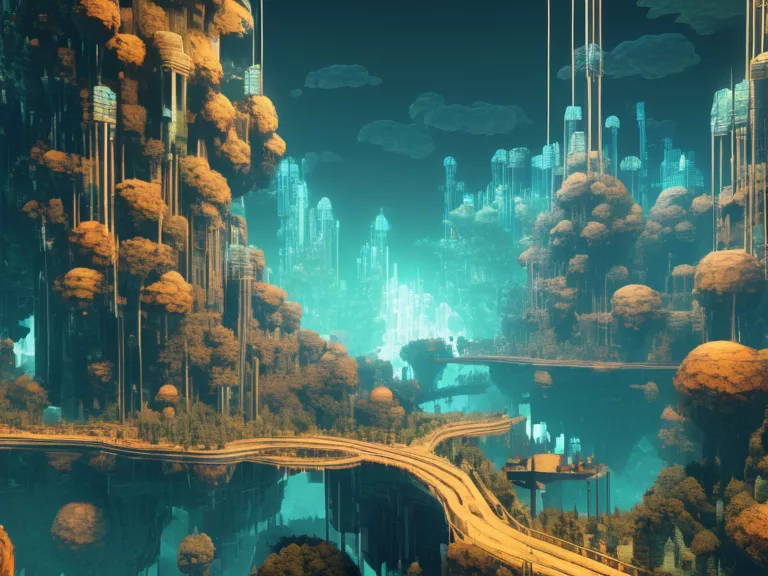
Big Data and Procedural Generation: Creating Infinite Game Worlds from Data Sets
In the world of video game development, the concept of procedural generation has been gaining traction in recent years. Procedural generation involves creating game content algorithmically rather than manually designing every aspect of the game world. This approach not only saves time and resources but also allows for the creation of potentially infinite game worlds.
Big data plays a crucial role in the process of procedural generation. By leveraging massive data sets, developers can generate unique and diverse game environments that would be impossible to create by hand. These data sets can include anything from terrain maps and weather patterns to enemy behaviors and quest structures.
One example of this synergy between big data and procedural generation is the popular game No Man's Sky. In this game, the entire universe is procedurally generated based on a massive data set containing countless planets, star systems, and alien species. Players can explore an infinite number of diverse worlds, each uniquely generated using the underlying data.
Another application of big data in procedural generation is in the creation of realistic AI behaviors. By analyzing vast amounts of player data, developers can create AI opponents that adapt and learn from player strategies. This leads to a more engaging and challenging gameplay experience for the players.
Overall, the combination of big data and procedural generation opens up exciting possibilities for game developers. With the ability to create infinite game worlds and dynamic content, developers can deliver immersive and engaging experiences to players like never before.
american-boffin.com
bfbchamp.com
democraticcoma.com
tigrepelvar.com
charpoles.com
derbywheelblazers.com
fansfocus.net
guildnow.com
hediyeteyze.com
isprimecdn.com
kiira-korpi.net
manutd24.com
mediumtylerhenry.com
mishanghai.org
savethreestrikes.com
smilesbydavis.com
10puntos.net
band-shirt.com
icelandtrails.com
paulmarioday.com
thefunnynanny.com
Dave Tries Ballet
Buon Grande
Criacao Sites
Perry Perkins Books
Writing Essay in AU
Ka Soku
Blood is Blood Movie
Eleanor Writes Things
The Happy Prince Beirut
Town of Witless Bay
Online Igrovoi Club
Trigeminal Neuralgia - Ronald Brisman MD
Chocolate City Burlesque
Advanced Electric Scooters
W Tougei
Breadboard Maniac
Takasu App


